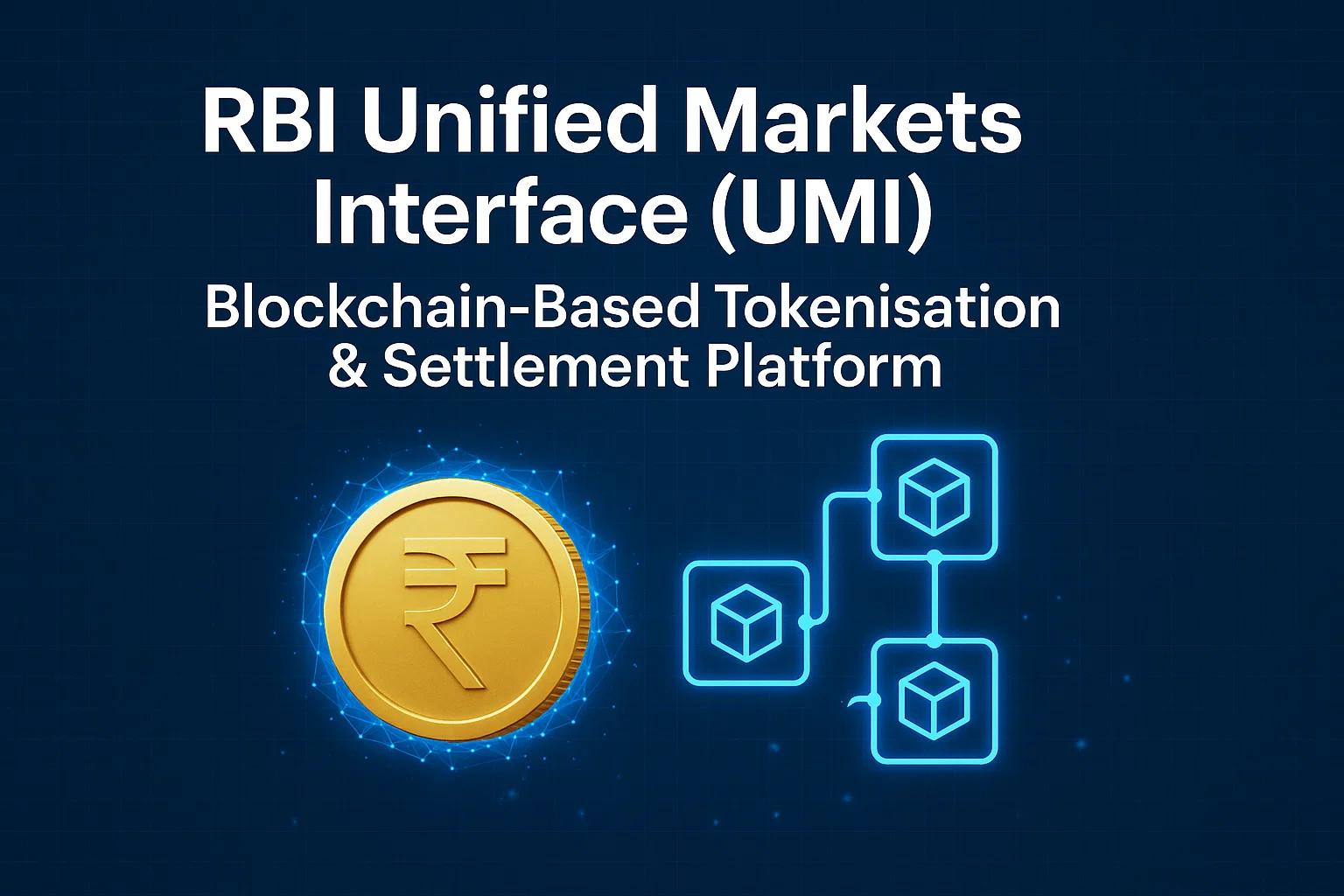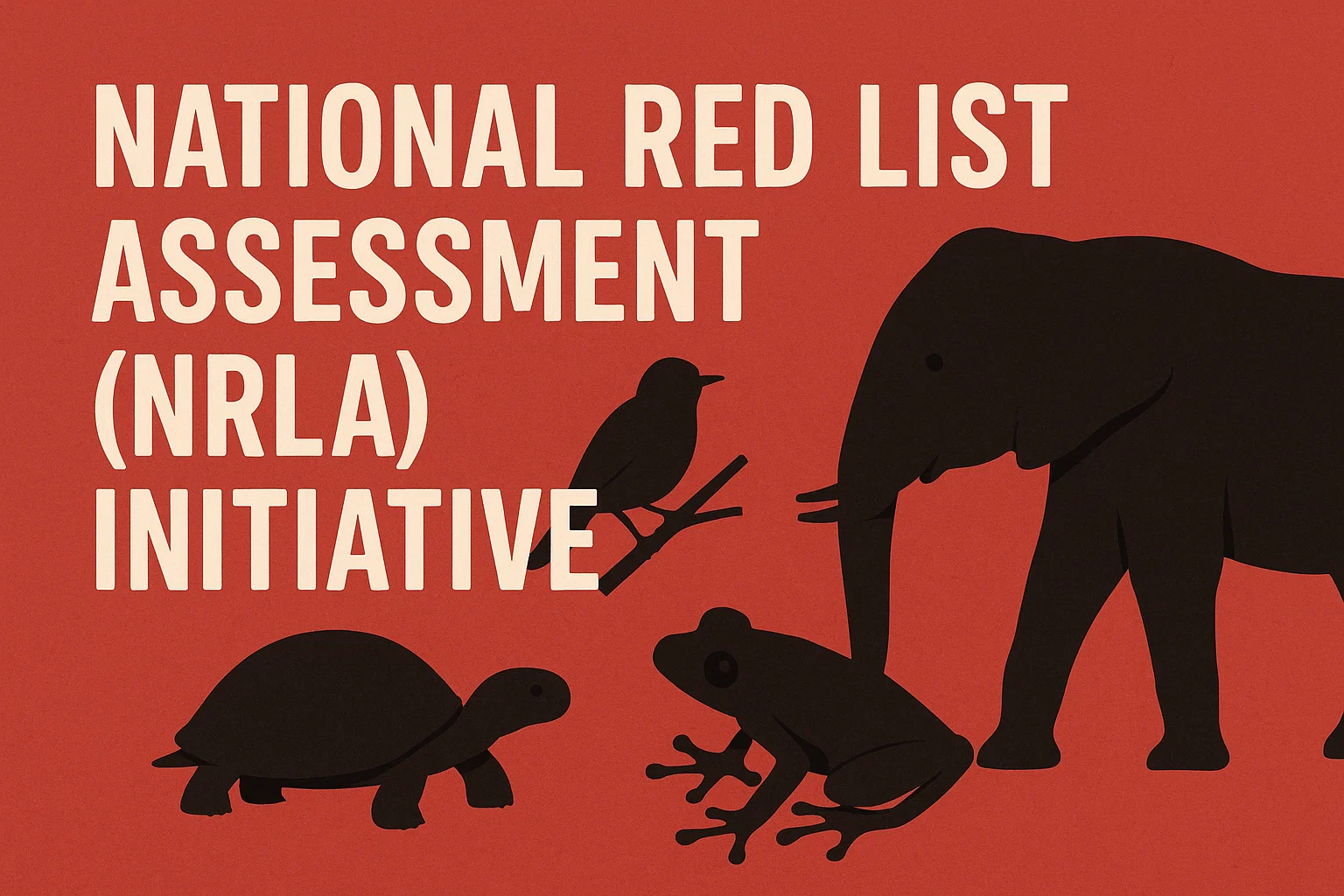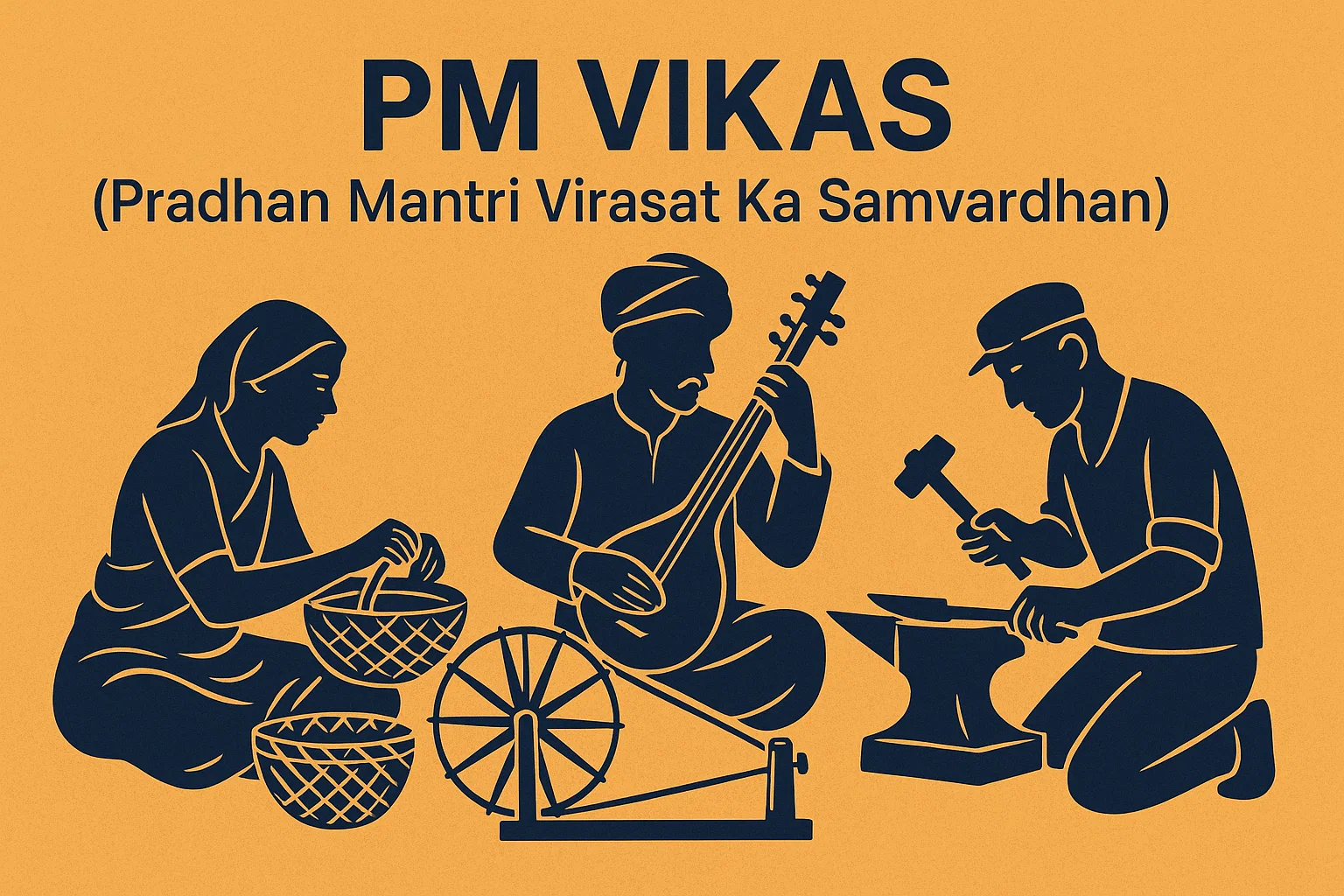Digital Accessibility is a Fundamental Right for PwDs
Does Article 21 include right to digital access?
Context: In a landmark decision on April 30, 2025, the Supreme Court of India reinterpreted Article 21 of the Constitution to include the ‘right to digital access’, directing the government to revise Know-Your-Customer (KYC) norms to ensure full accessibility for persons with disabilities (PwDs).
What Legal Safeguards Exist for Persons with Disabilities in India?
- Equality and Dignity: India’s Constitution—through the Preamble, Fundamental Rights, and Directive Principles of State Policy—obligates the state to secure equality and dignity for PwDs.
- Legal Dimension: This mandate is further advanced by the Rights of Persons with Disabilities (RPwD) Act, 2016, which adopts a social-barrier model of disability.
- It recognises that disability arises not just from impairments but from the societal, physical, and systemic obstacles that hinder full participation in society.
- Accessibility: Section 42 of the RPwD Act specifically requires the government to ensure that all audio, print, and electronic media are accessible. This includes:
- Audio descriptions
- Sign-language interpretations
- Captions on digital content
- Universal design standards for electronic goods and digital platforms
Why Is KYC Mandatory in India?
- To combat money laundering and illegal financial activity, the Prevention of Money Laundering Act, 2002, and its 2005 rules, mandate that financial institutions perform KYC verification. This process is essential for accessing:
- Bank and demat accounts
- SIM cards
- Pension schemes and insurance
- Aadhaar-based Direct Benefit Transfers (DBT)
- National scholarships and government benefits
- The Reserve Bank of India’s (RBI) Master Directions on KYC (2016) outline the Customer Due Diligence (CDD) process.
- Clause 18 enables the Video-based Customer Identification Process (V-CIP), allowing users to verify their identity remotely via:
- Live selfie uploads
- OTP verification
- Handwritten signatures (digital or scanned)
- Reading and writing random verification codes
Accessibility Challenges in Digital KYC for PwDs
- Despite the rise of digital banking, digital KYC procedures remain inaccessible to many persons with disabilities.
- Petitioners, including acid attack survivors and visually impaired individuals, highlighted how current methods—like eye-blinking, code reading, and camera-based selfies—exclude those with vision loss, facial disfigurement, or physical disabilities.
- Key accessibility barriers include:
- No screen-reader support for camera setup
- Lack of audio cues for lighting or document orientation
- Inability to differentiate document sides
- Exclusion of thumb impressions as valid signatures
- Aadhaar-based biometrics without assistive features
- Restrictions on assistance or prompting during verification
UN Convention on the Rights of Persons with Disabilities (UNCRPD)
It is a landmark international human rights treaty adopted by the UN General Assembly on December 13, 2006. It aims to promote, protect, and ensure the full and equal enjoyment of all human rights and fundamental freedoms by all persons with disabilities, and to promote respect for their inherent dignity. The UNCRPD covers a wide range of civil, political, economic, social, and cultural rights. The Convention is legally binding on states that have ratified it. As of November 2024, it has been ratified by 191 parties (190 states and the European Union).
- These shortcomings directly violate India’s ICT Accessibility Standards (2021 & 2022) and undermine the rights guaranteed under the RPwD Act and the UN Convention on the Rights of Persons with Disabilities (UNCRPD).
Supreme Court’s Directive on Inclusive Digital Access
- In its ruling, the Supreme Court reaffirmed that accessibility is a constitutional imperative under Article 21—the right to life and dignity.
- Citing its previous verdicts, including Rajive Raturi vs Union of India (2024), the court emphasised that digital services must be designed with accessibility at their core.
- Highlighting the broader impact of the digital divide, the court noted that inaccessible systems affect not just PwDs but also rural populations, senior citizens, economically weaker sections, and linguistic minorities.


